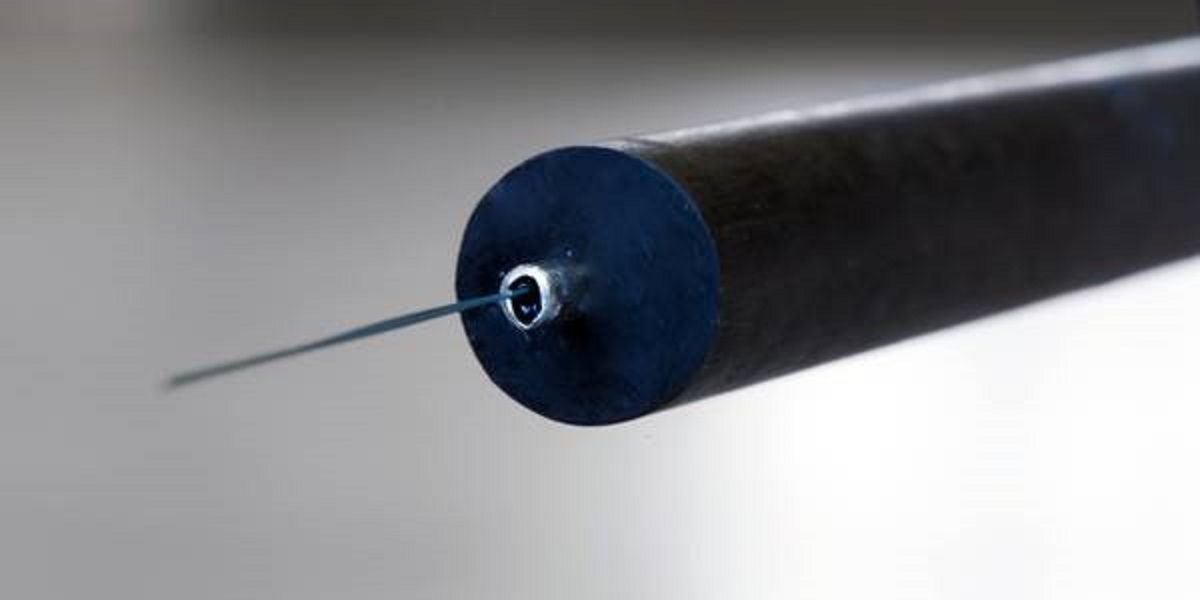
Exel Composites reports that its company, Diversified Structural Composites (DSC) has developed a fiber optic-embedded carbon composite rod for an oil well intervention system. The 15 mm diameter rod with fiber optic core was made for Norwegian company Ziebel and functions as a sensor, gathering real-time information about well behaviour which is reportedly unattainable using conventional methods.
To make the rod the resin required a very slow cure, so to produce each 6.2 km long rod, the pultrusion line had to run continuously, without fault, for more than three weeks. Ziebel and DSC worked together to formulate a spooling technology to facilitate the handling and transport of long lengths of pultruded rod.
In order to make informed decisions, oil drilling and completions teams need detailed information on fluid flow in and around the borehole during production or injection. Ziebel uses a distributed fiber optic system to do this, making use of a 6.2 km long, 15 mm diameter carbon fiber rod which delivers multiple fiber optic cables into the downhole environment. Typically, the rod is deployed into a producing or injecting well for 48 hours where the fiber optic sensors measure temperature and acoustic vibrations along its length. This enables a variety of applications – including flow allocation, fluid movement visualization, leak detection and stimulation fluid monitoring.
The carbon rod can also enable horizontal well access, since the lightweight, stiff composite rod can be 'pushed' from the surface into the horizontal sections frequently employed in wells, which is often not possible with conventional tools, Exel says. The small-diameter carbon rod can also access wells with restricted internal diameters and difficult geometry, has minimal choking effect on the well, and unlike metals, is inert to the majority of hazardous and corrosive substances found in the downhole environment.
This story is reprinted from material from Exel, with editorial changes made by Materials Today. The views expressed in this article do not necessarily represent those of Elsevier.





